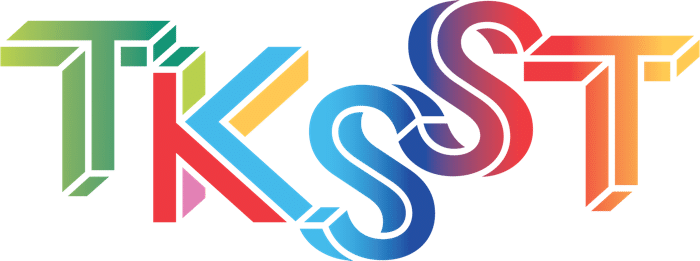“The traditional joke about topologists,” mathematical artist Henry Segerman explains, “is that they can’t tell the difference between a coffee mug and a donut.”
To a topologist—someone who studies shapes by focusing on the properties that don’t change when bent, stretched, twisted, or folded, without cutting or gluing—a coffee mug and a donut are the same. Both objects have one hole and are topologically equivalent because they can deform one into the other. The torus is the mug’s most basic shape.
To visualize the joke, Segerman worked with Keenan Crane to design and manufacture this series of ceramic objects that transform between the coffee mug and the donut. The 2015 piece is called Topology Joke.
The University of Waterloo introduces another visualization:
“Topology studies properties of spaces that are invariant under any continuous deformation. It is sometimes called ‘rubber-sheet geometry’ because the objects can be stretched and contracted like rubber, but cannot be broken…
“Here are some examples of typical questions in Topology: How many holes are there in an object? How can you define the holes in a torus or sphere? What is the boundary of an object? Is a space connected? Does every continuous function from the space to itself have a fixed point?”

Find more of Henry Segerman’s 3D-printed math illustrations, mechanisms, puzzles and art, including a 3D-printed plastic Topology Joke, at Shapeways.
Previously on TKSST: Topology, a 1961 Eames film for IBM’s Mathematica Exhibit.
Plus, previously from Segerman: Three Gears Are Possible and The engineering behind the scissor gate and “scissors NOT gate”.
Curated, kid-friendly, independently-published. Support this mission by becoming a sustaining member today.

